When the rain finally stops and the skies clear up, your car may not be as relieved as you are. Rainwater, while seemingly harmless, can leave a trail of dirt, grime, and potential damage. But don’t worry—knowing how to care for your car after the rains can save you from costly repairs and keep your ride looking and running great.
In this guide, we’ll walk you through everything you need to do after the rain stops to keep your car in top condition. From cleaning and inspections to preventive maintenance, we’ll cover it all.
Why Post-Rain Car Care is Important
Rainwater isn’t as clean as it looks. It often contains pollutants, dirt, and acidic elements that can damage your car’s exterior and undercarriage. When water seeps into the wrong places, it can lead to rust, mold, and electrical issues. That’s why giving your car some post-rain attention is crucial. It helps:
- Prevent long-term damage: Rust, corrosion, and water damage can be costly.
- Maintain car value: A well-maintained car retains its resale value.
- Ensure safety: Wet brakes and electrical issues can compromise safety.
- Keep your car looking great: Clean cars always make a better impression.
Immediate Steps to Take After Rain Stops
As soon as the rain lets up, there are a few quick steps you should take to prevent immediate damage:
- Inspect for visible water pooling: Check around the windows, sunroof, and trunk for leaks.
- Dry off excess water: Use a microfiber cloth to prevent water spots.
- Check wipers and windshield: Ensure wipers didn’t get damaged and the windshield is clear.
- Ventilate your car: If the interior feels damp, open the windows when safe to air it out.
Thorough Car Cleaning: Inside and Out
A proper wash after rain is essential to remove dirt and prevent damage. Here’s how to do it right:
Exterior Cleaning
- Rinse off dirt and grime: Use a hose to remove loose debris.
- Use a pH-balanced car shampoo: This helps preserve the paint and finish.
- Dry thoroughly: Prevent water spots by using a soft, clean microfiber towel.
- Wax for protection: A good wax job adds a protective layer against future rain.
Interior Cleaning
- Check for moisture: Damp carpets and seats can lead to mold.
- Vacuum dirt and debris: Rain often brings mud and leaves inside.
- Use a fabric cleaner: For any stains caused by wet passengers or cargo.
Checking for Water Damage
Water damage can sneak up on you. Here’s where to look:
- Car floor and mats: Check for dampness and mould.
- Trunk area: Ensure no water seeped into the spare tire compartment.
- Door seals and sunroof: Confirm that seals are intact and leak-free.
- Under seats: Sometimes water can pool unnoticed in low spots.
Inspecting the Undercarriage and Tires
After heavy rain, your car’s undercarriage and tires can collect mud, debris, and water, leading to rust and damage. Here’s a quick inspection guide:
- Rinse the undercarriage: Wash away mud and dirt with a strong hose to prevent rust.
- Check for rust spots: Look for brown or orange patches on metal parts.
- Clear drainage holes: Ensure they’re not blocked to avoid water pooling.
- Inspect tires: Check tire pressure, tread depth, and look for cuts or punctures.
- Clean wheel wells: Remove any mud buildup around the tires.
If you hear unusual noises, see rapid rust, or notice tire damage, visit a mechanic promptly. Keeping these areas clean and checked prevents long-term issues.
Examining Brakes and Suspension
Your car’s brakes and suspension components can take a hit after driving through rain, especially if there were floods or heavy puddles. Water can reduce braking efficiency and even cause long-term damage. Here’s how to check them:
- Test your brakes: After the rain, your brake pads and rotors may be wet, leading to reduced friction. Gently apply the brakes a few times in a safe area to dry them off. If you hear a persistent squeaking sound or feel reduced braking power, get them checked.
- Inspect the suspension system: Rain and waterlogged roads often come with potholes and bumps. Check for unusual noises, rough rides, or any leaning of the car when parked – these could signal damage to shocks, struts, or alignment.
- Look for rust or corrosion: Moisture buildup on metal brake components and suspension parts can quickly lead to rust, compromising performance and safety.
Pro Tip: If your car has been through deep water, it’s essential to get your brakes professionally inspected to avoid long-term issues.
Checking Fluids and Electrical Components
Rain and water exposure can affect your car’s internal systems just as much as the exterior. Water infiltration can dilute fluids and cause electrical malfunctions, so here’s what to check:
- Engine oil and transmission fluid: Water contamination can turn these fluids a milky color. If you notice this, it’s time for an immediate oil change and inspection.
- Brake fluid and power steering fluid: Ensure no water has seeped into these reservoirs, as contaminated fluid can lead to performance issues.
- Battery health: Check the battery terminals for corrosion, which can worsen with moisture exposure. Clean off any buildup and ensure tight connections.
- Electrical systems: Test your headlights, indicators, power windows, and dashboard lights to ensure no water has shorted any circuits. If you notice flickering lights or malfunctioning electronics, consult a mechanic.
Preventing Rust and Corrosion
One of the biggest threats after consistent rain exposure is rust. Once it sets in, it can spread rapidly and cause long-term damage. Take these steps to protect your car:
- Dry your car completely: Pay special attention to seams, door edges, and under the hood.
- Apply an anti-rust spray: Especially on the undercarriage and any exposed metal parts.
- Check wheel wells and exhaust pipes: These areas collect the most water and debris, making them prime spots for rust development.
- Wax your car regularly: A good quality wax acts as a protective barrier against moisture and pollutants.
Protecting Your Car’s Paint Job
Rainwater can leave behind water spots, mineral deposits, and dirt that damage your car’s paint over time. To maintain that showroom shine, follow these steps:
- Wash your car promptly: Rain leaves contaminants behind that can eat into the paint if left too long.
- Use a clay bar treatment: This helps remove any lingering pollutants that a standard wash can’t handle.
- Apply a quality wax or sealant: Adding a protective layer helps water bead off and prevents damage.
- Park in a covered area: Avoid leaving your car exposed to the elements for extended periods, especially if more rain is on the way.
When to Visit a Mechanic
Sometimes, post-rain issues require professional attention. If you notice any of the following signs, schedule a visit to your mechanic:
- Persistent brake noise or reduced braking power
- Water inside the cabin, especially in the footwells or trunk
- Electrical glitches like flickering lights or non-functional buttons
- Unusual engine sounds or performance drops
- A strong mildew or mould smell inside the car

Common Mistakes to Avoid
Post-rain car care isn’t just about what you do—it’s also about what you don’t do. Avoid these common mistakes:
- Ignoring water spots: These can etch into your paint and become difficult to remove.
- Leaving the interior damp: Mould and mildew can set in fast, leading to health hazards and unpleasant odours.
- Neglecting the undercarriage: This is where rust often starts, so always give it attention.
- Skipping a brake check: Wet brakes can warp or wear unevenly if not properly maintained.
Long-Term Rain Protection Tips
If you live in a region prone to frequent rain, taking preventive measures will save you time, money, and stress in the long run. Here’s how to keep your car safe and sound through every downpour:
- Invest in a high-quality car cover: If you don’t have a garage, a waterproof, breathable car cover protects your car from constant exposure to rain and moisture.
- Apply a ceramic coating: This long-lasting solution offers superior protection against water spots, dirt, and pollutants, making post-rain cleanup much easier.
- Check and replace weather seals: Inspect the seals around windows, doors, and the trunk for wear or cracks to prevent water leaks.
- Use all-weather floor mats: These are easy to clean and help prevent water from soaking into your car’s carpet, reducing the risk of mould and mildew.
- Regularly wax and polish your car: A well-maintained paint job acts as a barrier against water and contaminants, keeping your car looking new and protected.
Best Products for Post-Rain Car Care
Having the right tools and products on hand makes maintaining your car after rainy weather much easier. Here’s a list of essentials:
| Product | Purpose | Recommended Features |
|---|---|---|
| Microfiber Towels | Drying and detailing | Soft, highly absorbent, scratch-free |
| pH-Balanced Car Shampoo | Exterior cleaning | Gentle on paint, effective on dirt |
| Clay Bar | Paint decontamination | Removes stubborn pollutants |
| Car Wax or Sealant | Paint protection | Water-repellent, UV protection |
| Anti-Rust Spray | Undercarriage protection | Long-lasting, corrosion-resistant |
| Fabric Cleaner | Interior maintenance | Removes stains and odors |
How Often to Check Your Car During Rainy Season
Staying ahead of potential issues means regularly inspecting your car, especially during prolonged rainy seasons. Use this checklist to stay on track:
-
Weekly checks:
- Inspect wipers and windshield clarity
- Ensure all exterior lights are working
- Clean and dry the exterior and undercarriage
-
Bi-weekly checks:
- Examine brakes for noise or reduced efficiency
- Check tire pressure and tread for safe driving
- Inspect interior carpets for dampness or mold
-
Monthly checks:
- Verify fluid levels and check for contamination
- Test electrical components like windows and seat adjusters
- Apply a protective wax or sealant to the car’s exterior
Frequently Asked Questions (FAQs)
1. Is rainwater bad for my car’s paint?
Yes, rainwater often contains dirt and pollutants that can leave water spots, etch into the paint, and cause long-term damage if not washed off promptly.
2. How soon should I wash my car after it rains?
It’s best to wash your car as soon as possible after the rain stops to prevent water spots and remove contaminants.
3. What should I do if my car’s interior gets wet?
Dry the interior immediately using towels and air circulation. Use a wet/dry vacuum if needed, and consider using a dehumidifier to prevent mold growth.
4. Can rain damage my car’s brakes?
Yes, wet brakes can experience reduced efficiency and even rust over time. Test your brakes after rain and have them inspected if they make unusual noises.
5. How do I prevent rust on my car after rain?
Dry your car thoroughly, apply anti-rust spray on vulnerable areas like the undercarriage, and wax your car regularly for an added layer of protection.
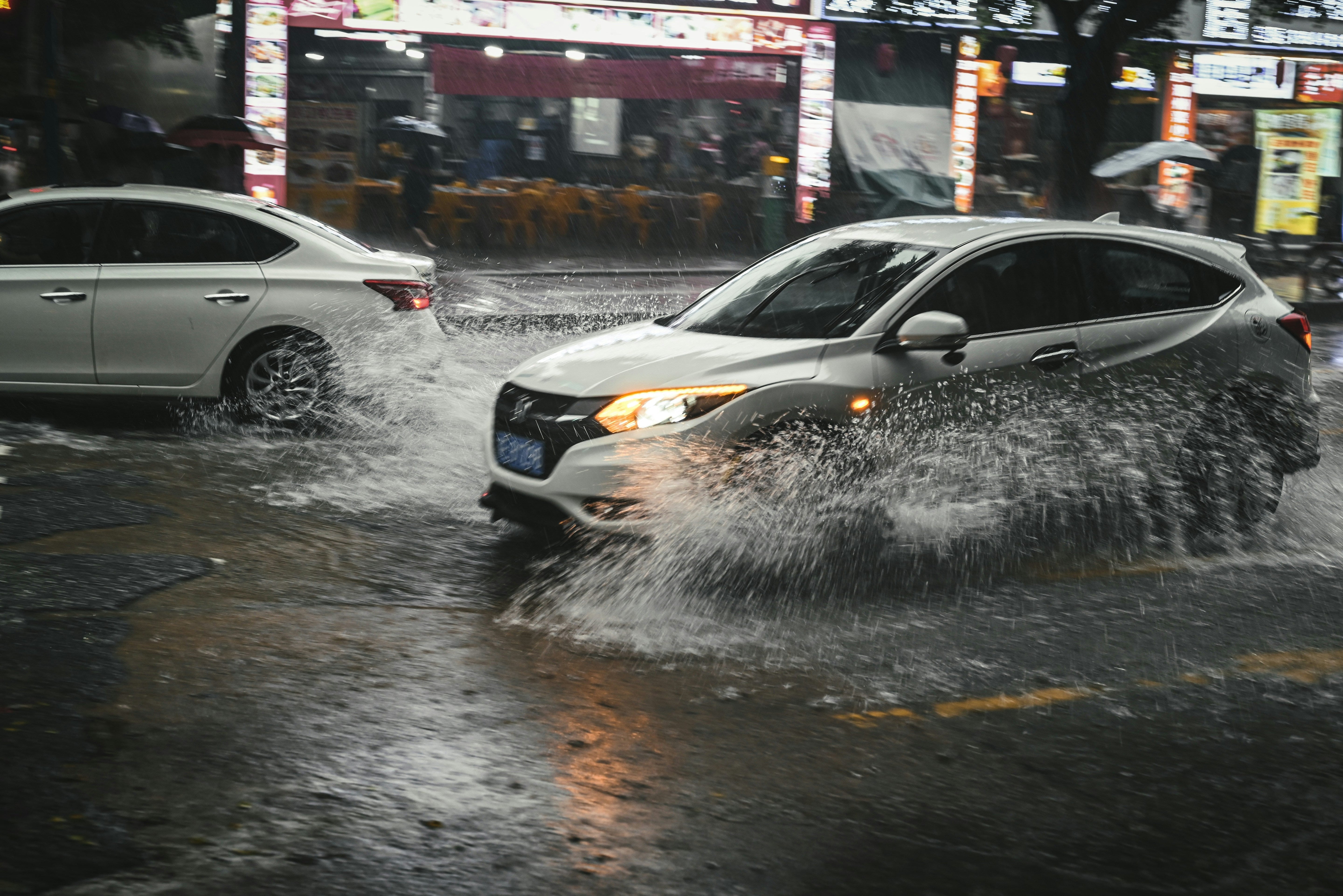


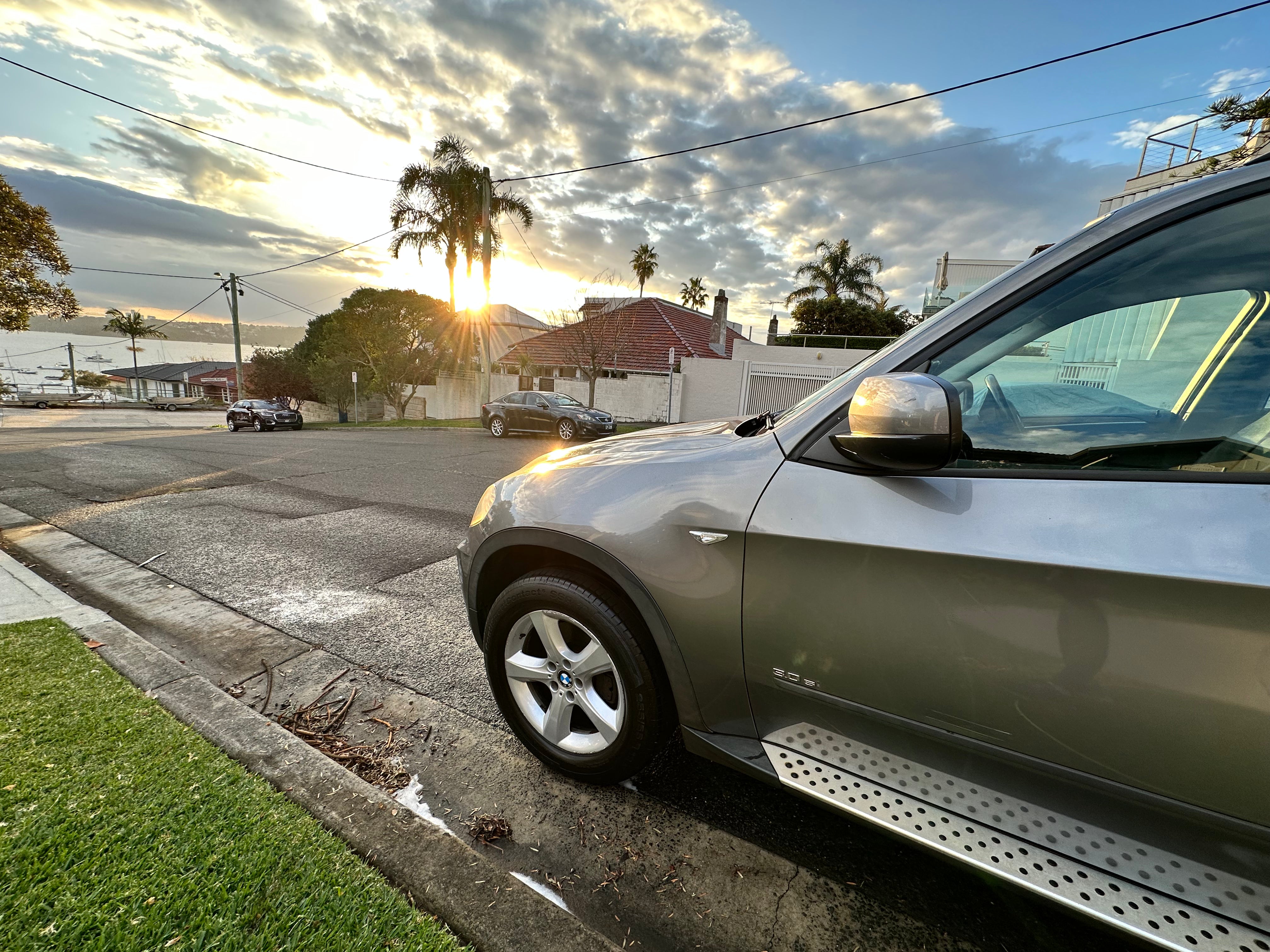

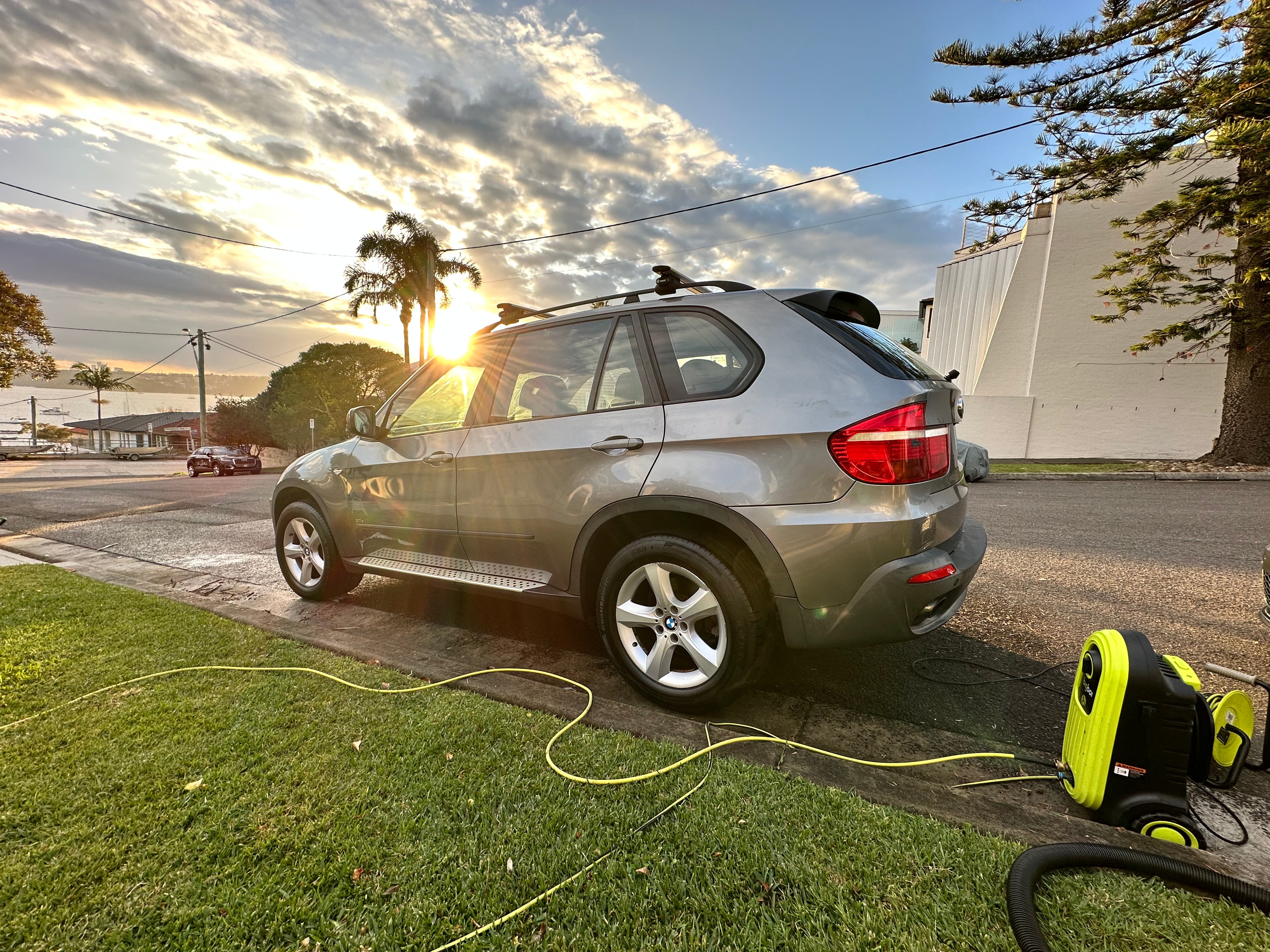
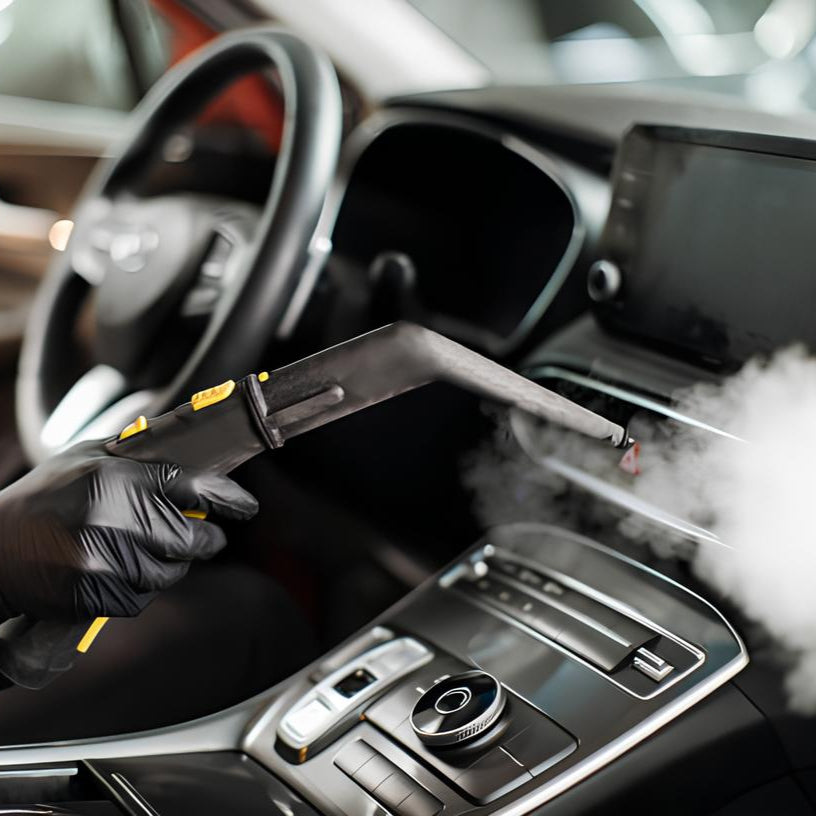
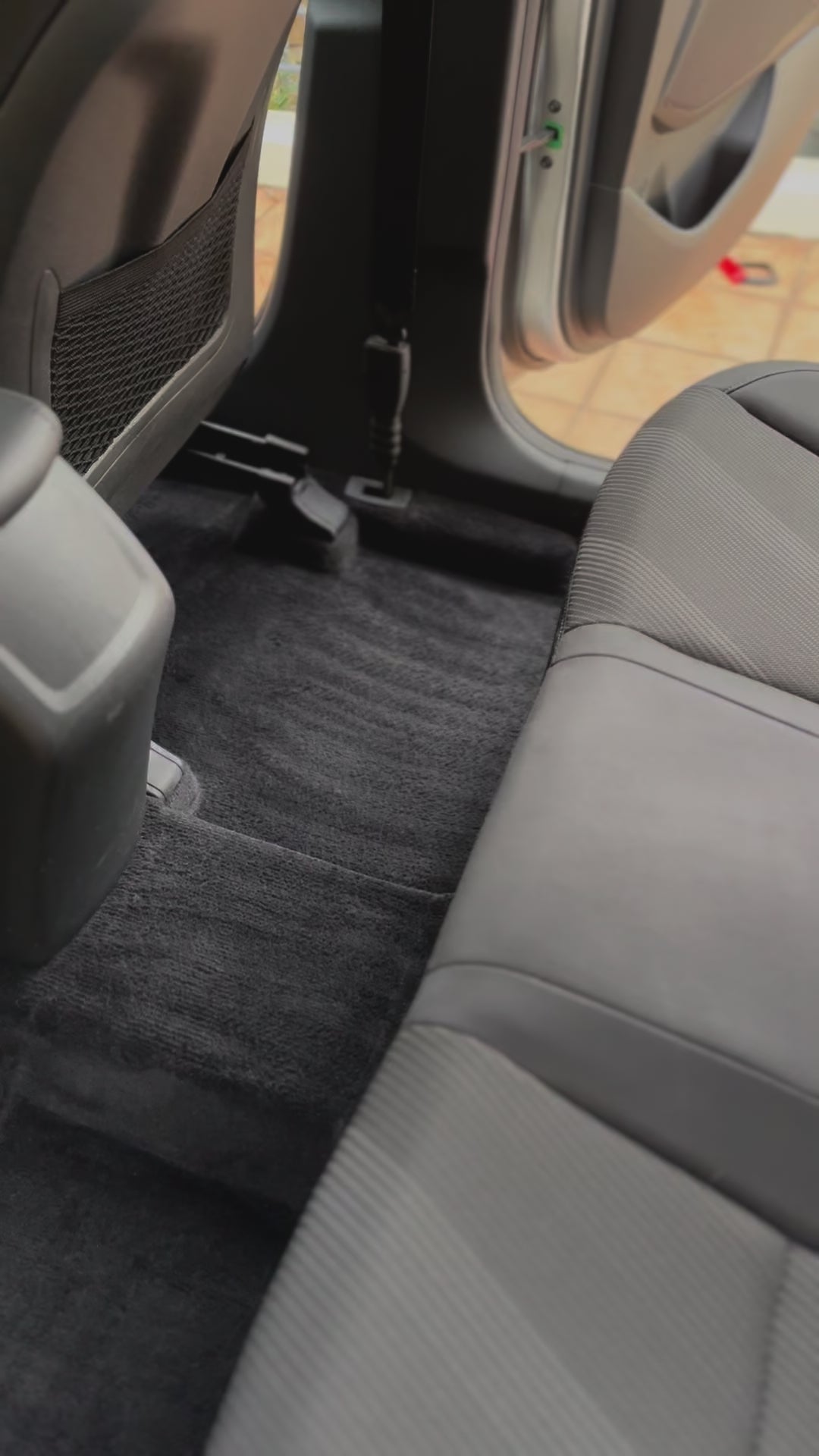
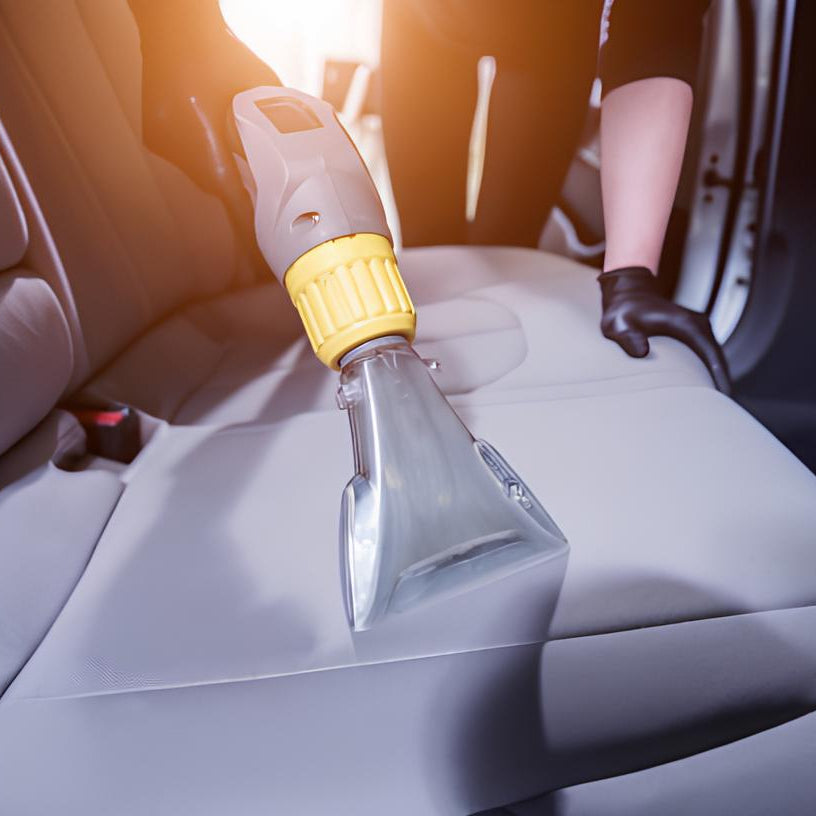
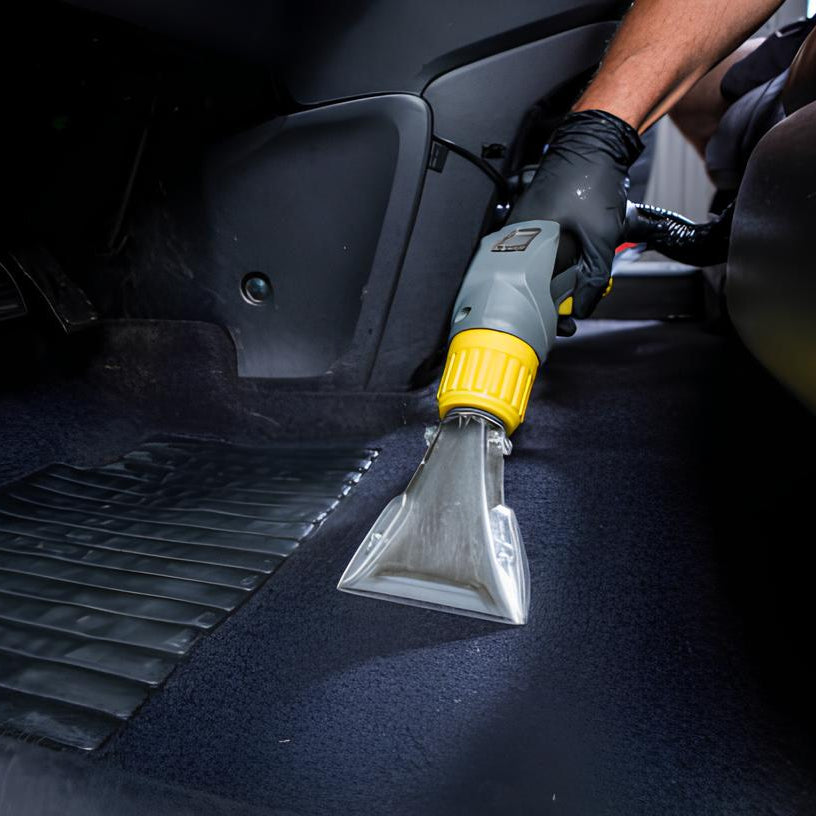
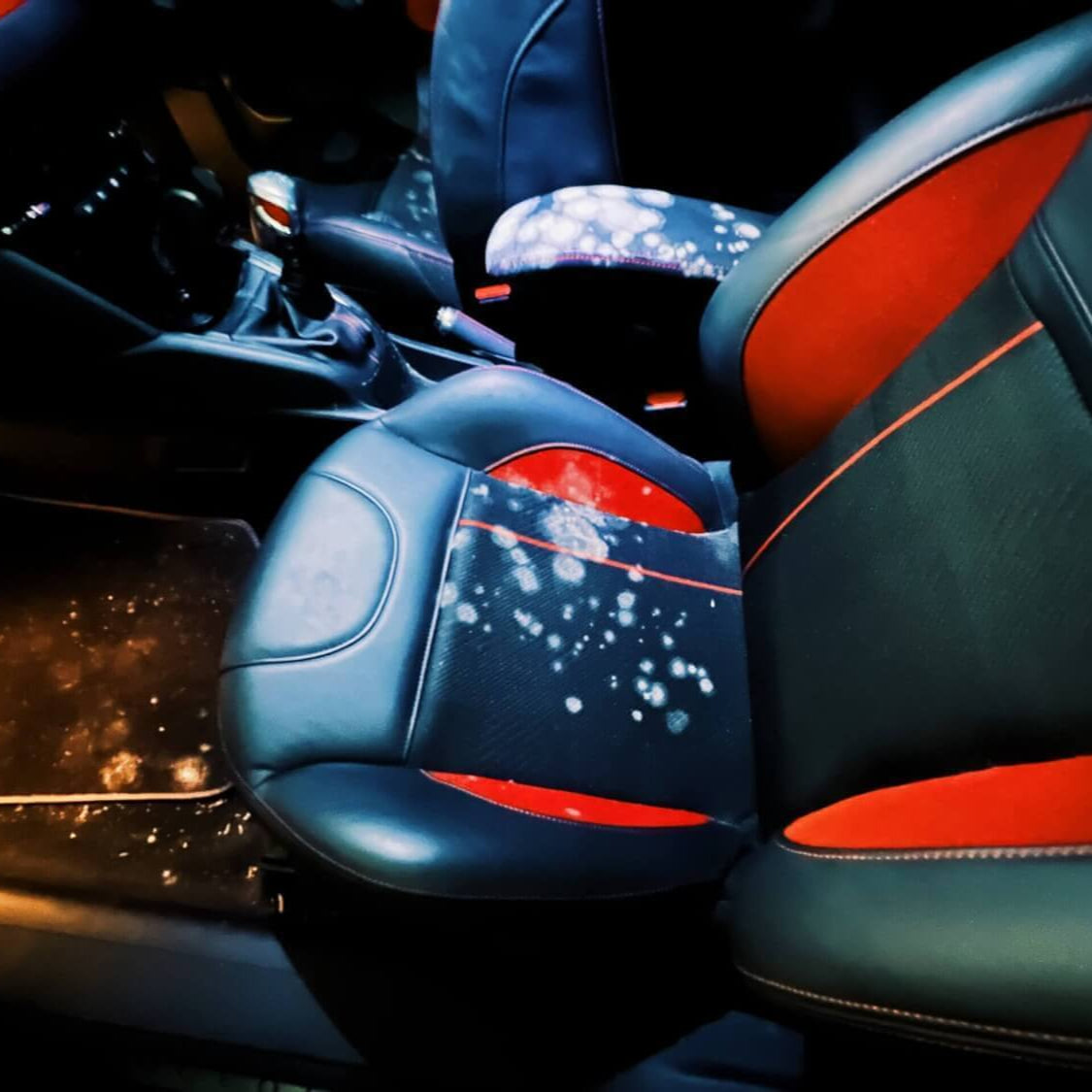
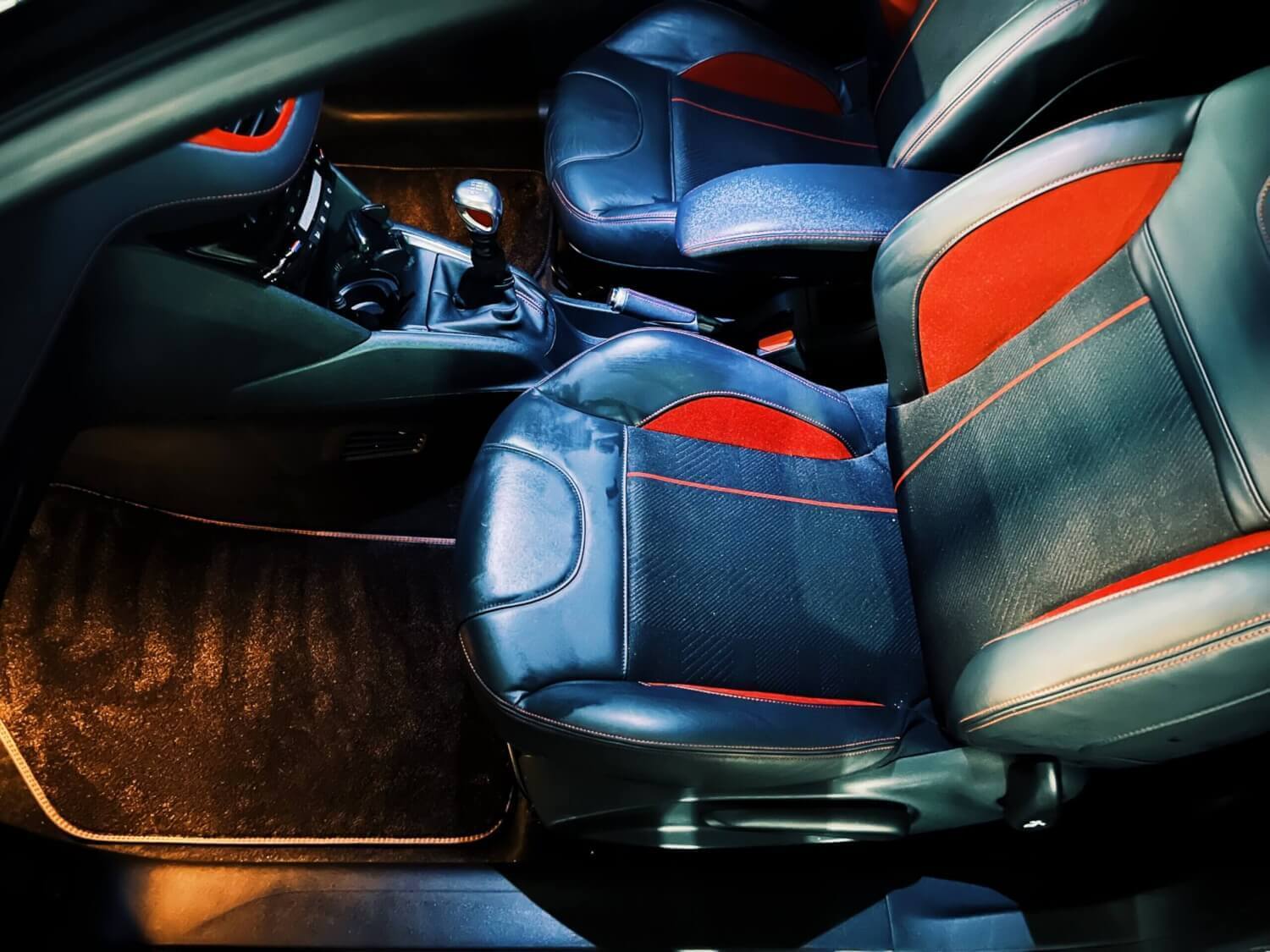
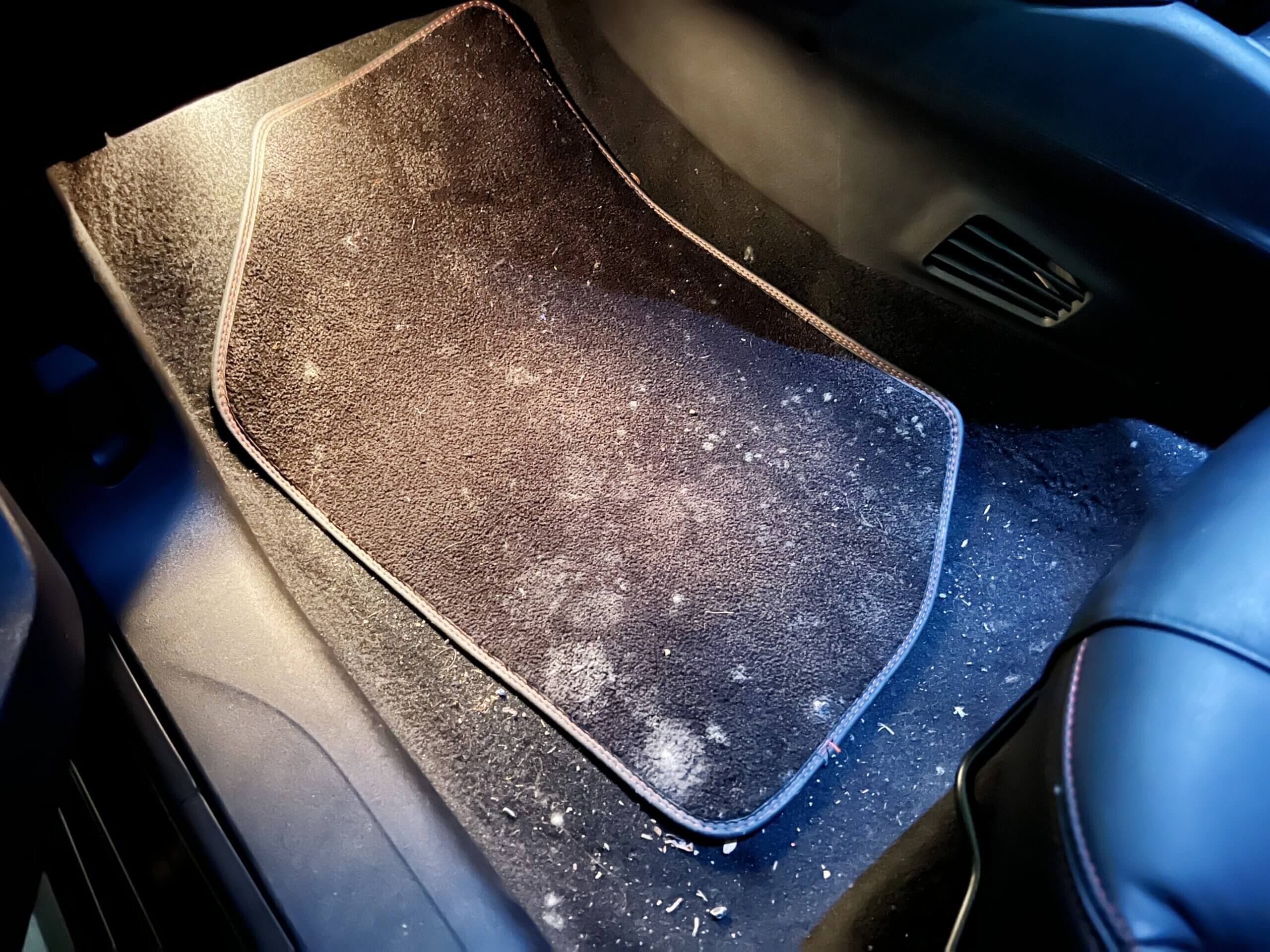
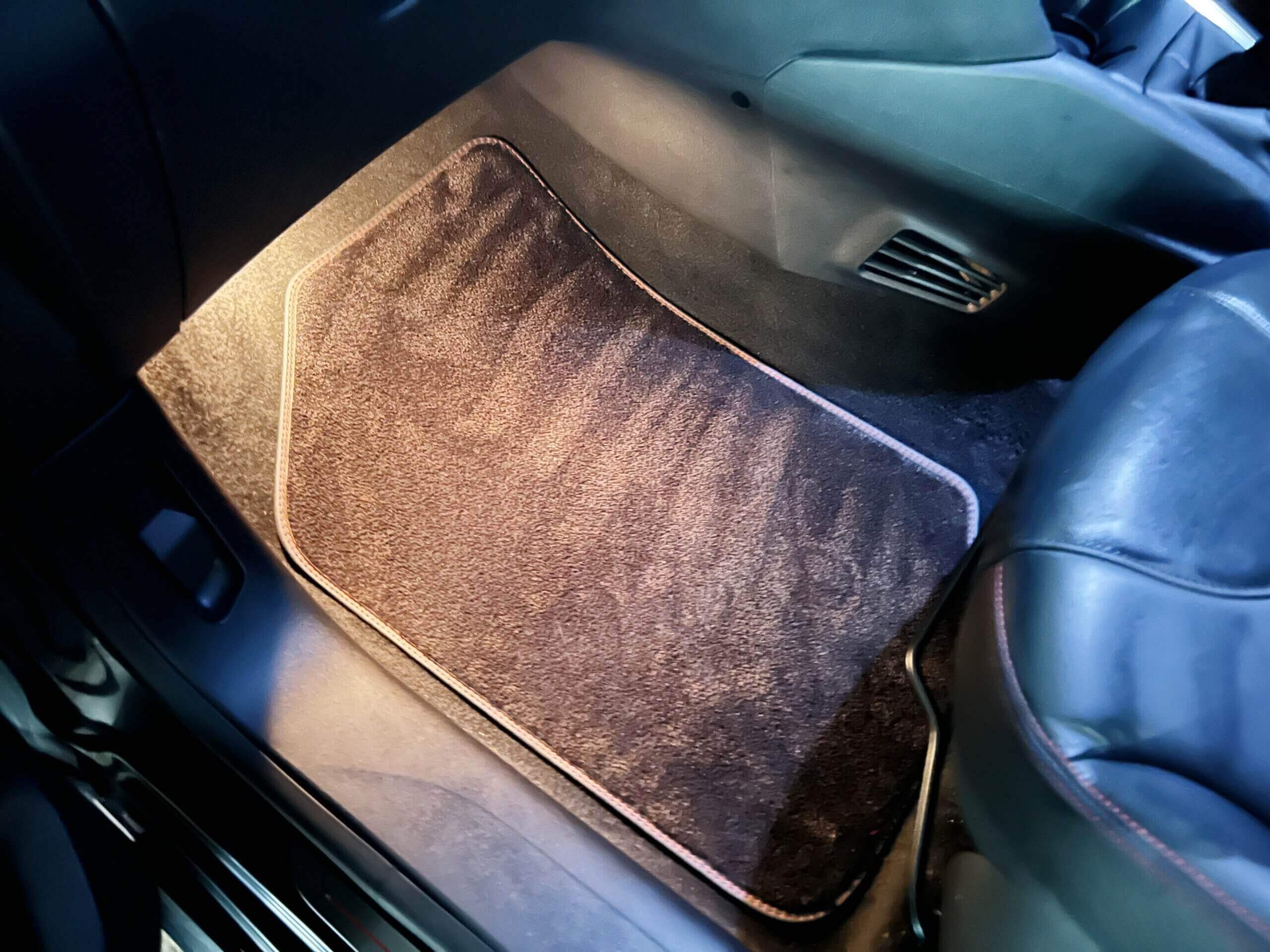

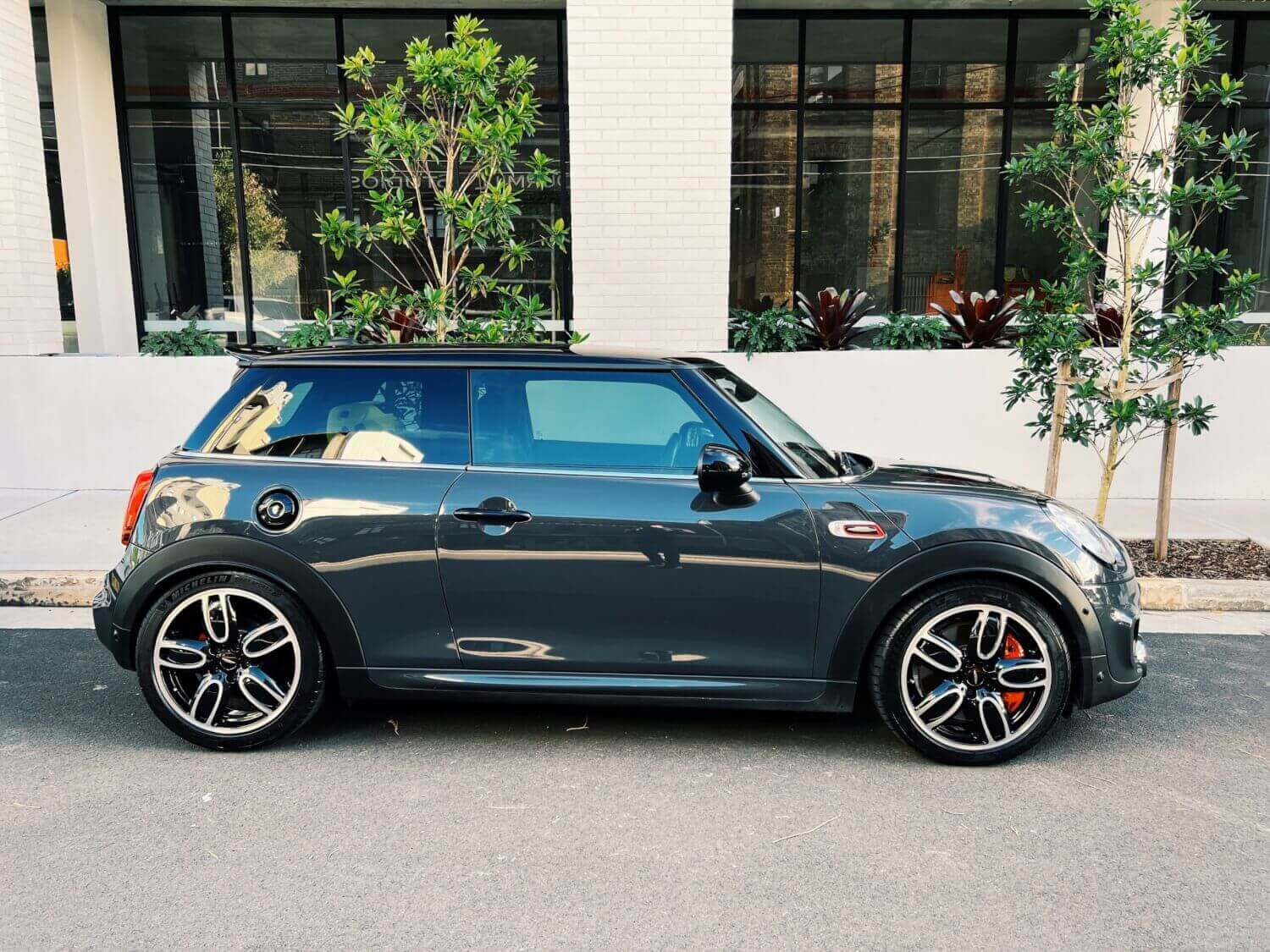
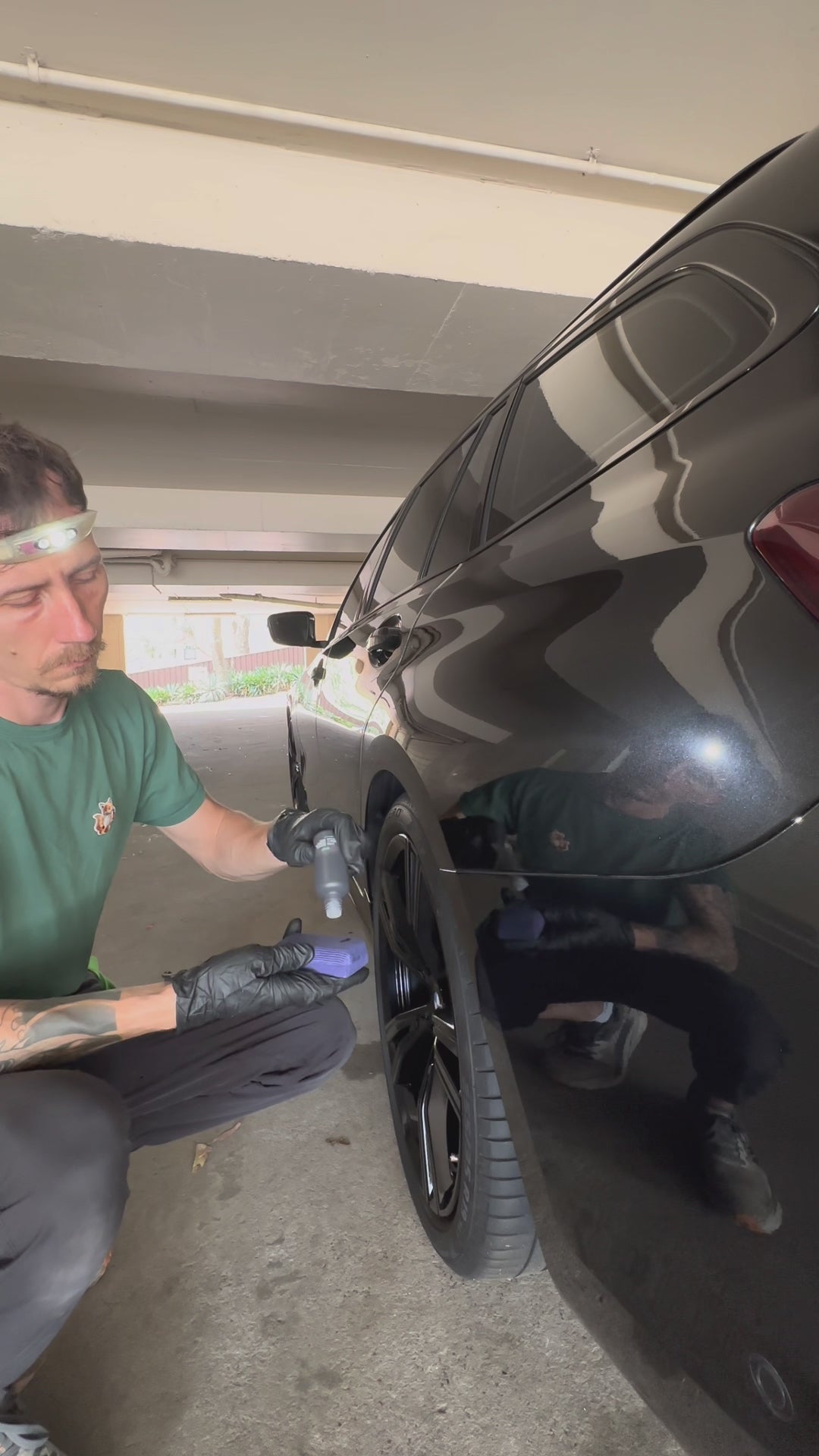
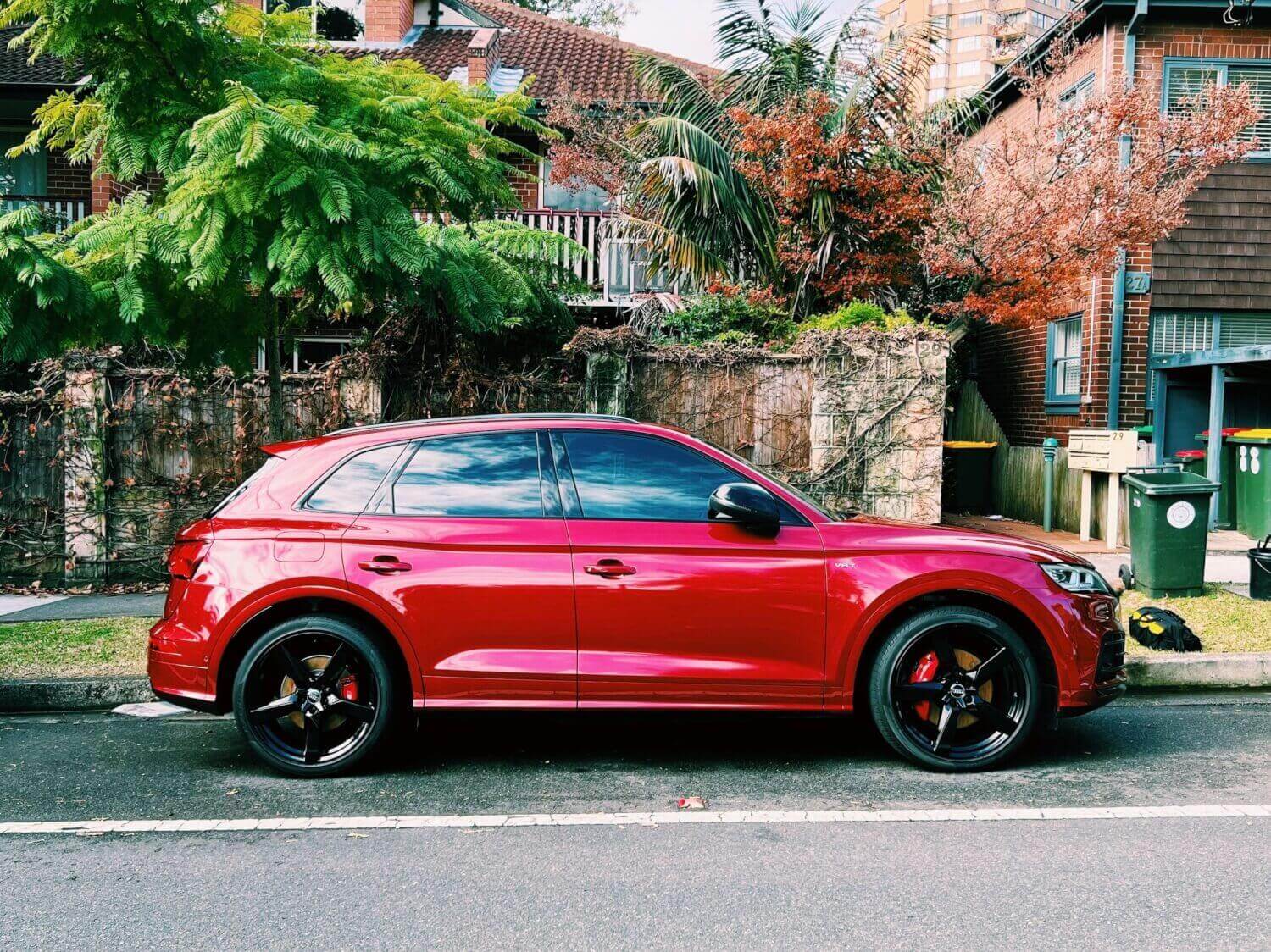

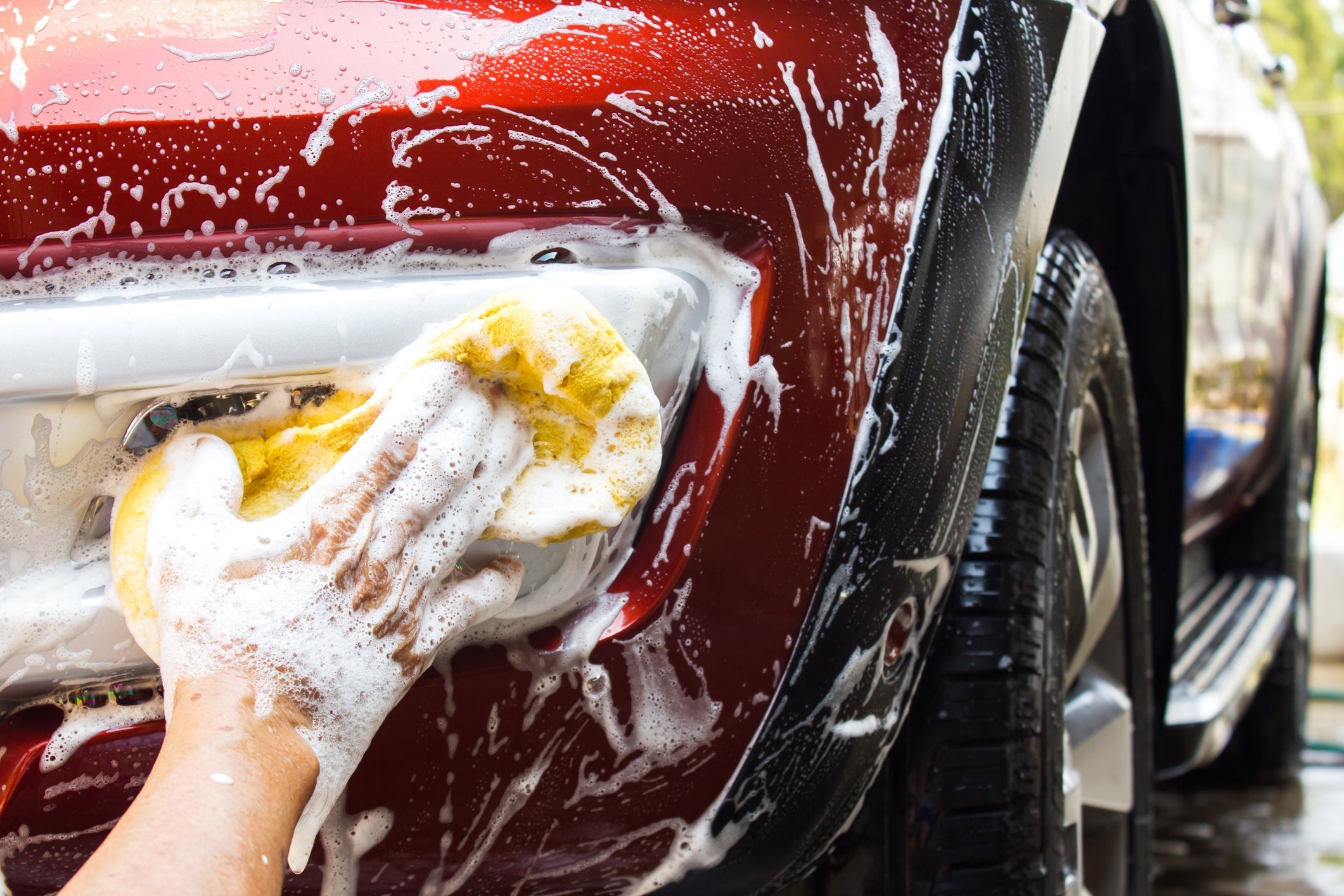

Share: